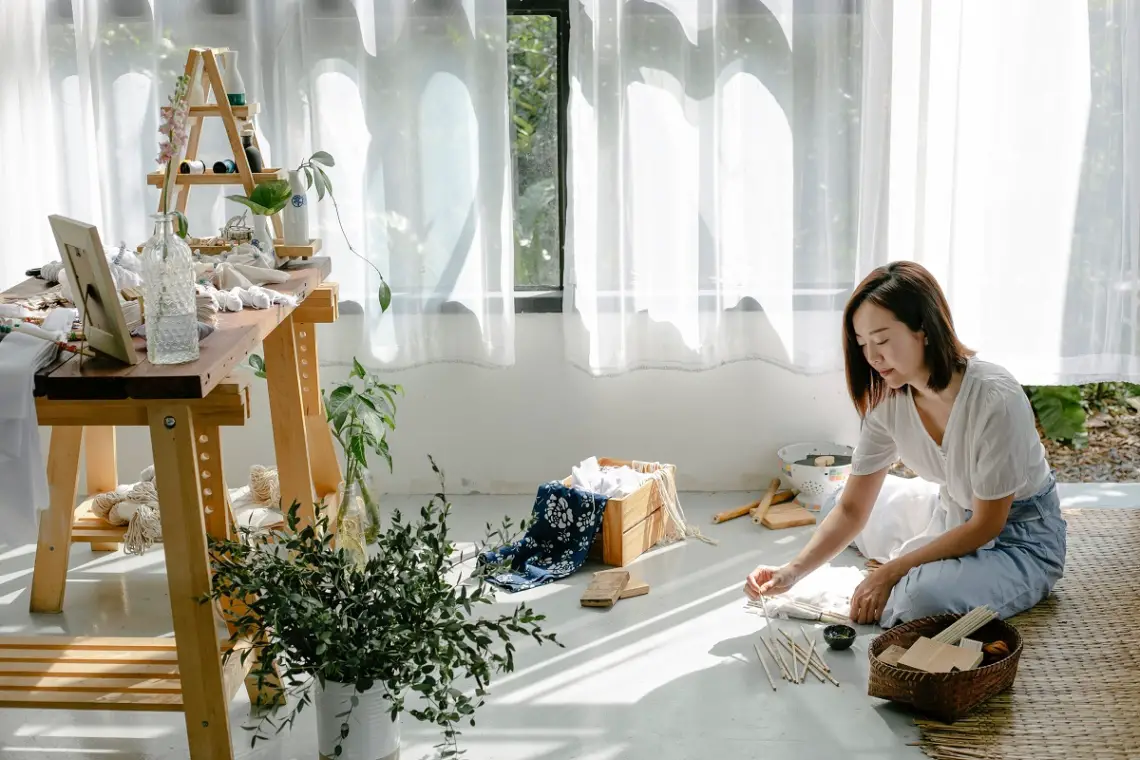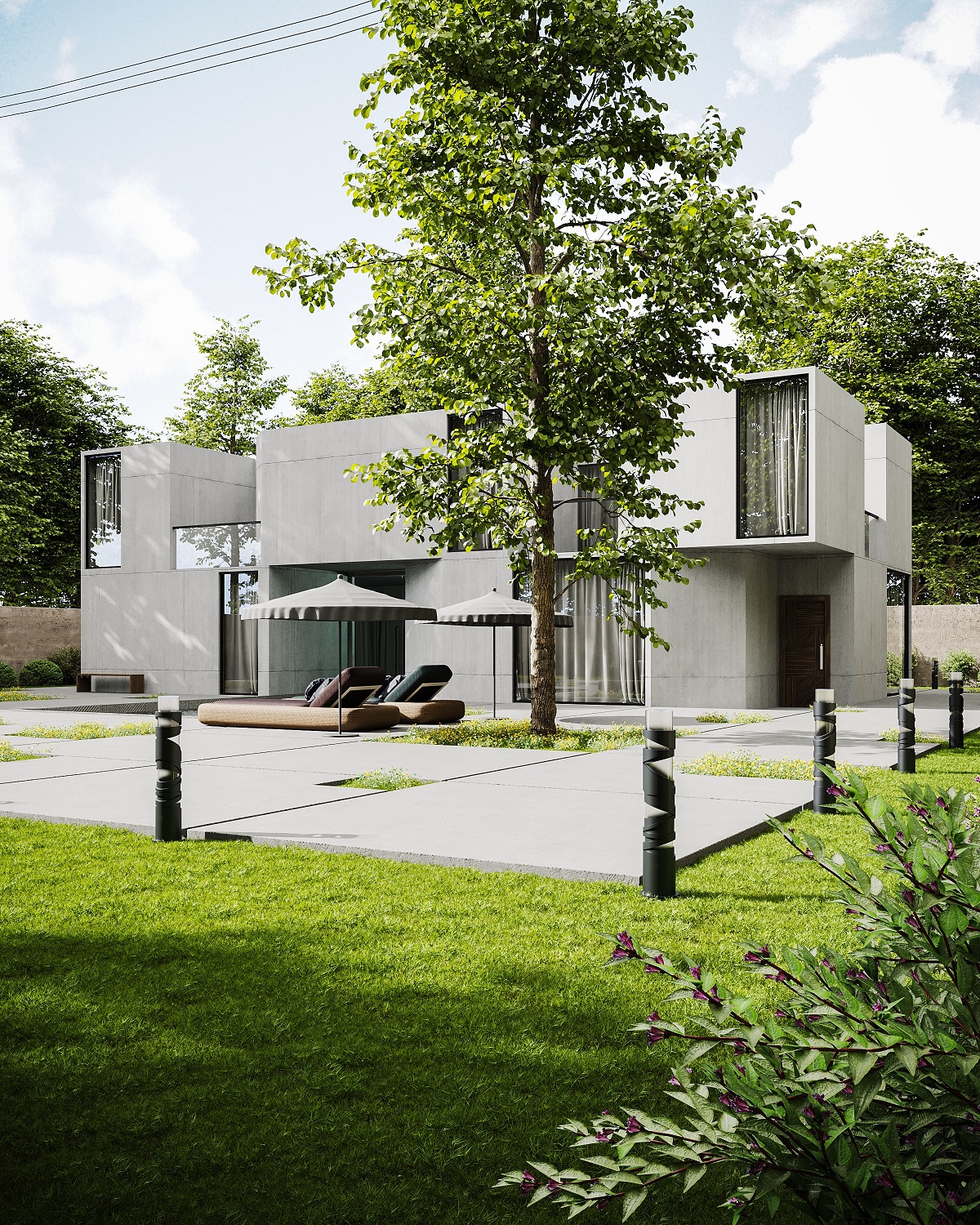
10 Steps for Buying Your First Home in the Philippines
Are you planning to buy your first home in the Philippines? Congratulations! Purchasing a house is a major milestone — whether you’re doing it as investment or to provide a residence for you or your family. If it’s your first time, you might find that the process can be overwhelming especially when you don’t know where to start.
There are things that you should know as a first-time home owner, and with significant purchases like this, you want to be thorough to avoid additional expenses or being stuck in a house with major flaws.
Here we’ll provide you a step-by-step guide on buying your first home in the Philippines.
Contents
1. Study your finances
“Are you ready to buy a house?”
The first thing you should do when planning to buy a house is to take a look at your finances to determine whether you are ready.
- Consider your savings, income, and any financial obligations that you have. Ask yourself the following questions:
- Do you have existing credit card loans?
- Are you supporting your family?
- Do you have other major monthly expenses, such as car payments?
- If you suddenly lose your job or source of income, will you have enough savings to cover for payments for the house?
The key here is to know your financial standing and to know how much your average savings per month is. If you are confident that you have enough savings and money flow to purchase a house, then you can proceed with searching for the right house for you. If things are looking a bit shaky, it might be best to delay your purchase to a later time.
2. Decide how much home you can afford

One of the things that you should know as a first-time home owner is that there are additional expenses that you have to pay aside from the initial downpayment and subsequent monthly installments.
You will also need to pay for property taxes, legal fees, and more. Depending on the state of the house you’re buying, you might also need to fork out money for repairs, refurbishments, and maintenance costs. In the Philippines in particular, there are other fees that come with purchasing a home, including water and electricity registration.
You should factor all of these when calculating how much money you need. With your savings and these costs in mind, you can determine how much home you can actually afford.
A general rule of thumb is you shouldn’t spend more than 36% of your gross income in mortgage and other home-related costs. You can use online tools to calculate your payments such as the Mortgage Calculator, which works almost anywhere in the world.
3. Know your payment options
There are a variety of options that can help you with payments. You can choose an installment plan or take a financial loan.
In the Philippines, you can take a loan via local banks or PAG-IBIG Fund. PAG-IBIG offers low interest rates, but in the long run it will cost substantially more compared to a bank loan. Choose whichever is best for your current financial status.
Some real estate developers also offer their own loan programs that you can inquire about.
4. List want you want in a home

One of the mistakes of first-home owners is purchasing a property simply because it’s affordable. While cost is indeed a significant factor to consider, generally this is not a good idea.
Instead, your house should reflect your needs. Know what your absolute must-haves are and what things you can compromise on.
If you want to live in the city, easy access to public transport and commercial establishments such as grocery stores, restaurants, and shops is important. If you plan on having children or you want a home office where you can do WFH in peace, you should consider extra bedrooms. If you have furbabies that need space outside or you want to have your own garden, having a spacious backyard is a necessity.
5. Search for the right house
Now that you have your budget and criteria for what you want in a house, you can start your search.
There are different ways to find properties to buy. You can look up real estate listings online thru real estate websites or Facebook groups dedicated to property buy and sell. You can also get professional help by contacting a real estate agent who can give you a list of options based on your needs and preferences. If you are going the agent route, make sure that you’re doing your own research as well. When purchasing a brand new home, double-check the records of the real estate developer to know whether they are reliable and join in discussions about previous buyers.
Foreclosed properties are also a hot commodity, as they can usually save you a lot of money. In the Philippines, there are different sources for finding foreclosed houses including PAG-IBIG, the National Housing Authority, and banks. When looking at foreclosed properties, check that all the papers are in order and preferably there are no squatters currently living in the house as this can be a big problem for you.
Narrow down your options based on your budget, location, and needs. Don’t rush. It’s best to spend how long it takes to find the right house.
6. Do an inspection
Once you’ve find a suitable house, you need to make a home inspection.
Take this step by yourself first. Imagine yourself living in the space and be honest whether it feels right to you. There’s no point in going further if you feel that something is wrong.
Once this item is crossed off, do an actual house inspection. Check the electricity, plumbing, water leaks, and other important house features. It’s best to hire an independent inspector that can give you a detailed report of any issues. If anything bothers you, you can ask the seller to fix them before the sale or negotiate the cost to offset repairs. Sometimes you’ll find that there are too many expensive problems, in which case it’s more practical to find another house.
You should also check whether the house is in a flood-prone area especially if it’s located in lowlands. Visit the house at different times of the day including at night to see potential issues you miss during day time.
7. Verify the ownership of the property
In the Philippines, selling of fake land titles or untitled lands is a common issue. As a first-time home owner, you want to make sure that you’re doing a legitimate purchase of property.
Ask the seller for a photocopy of either Original Certificate of Title or Transfer Certificate of Title and verify its authenticity in the Register of Deeds. If you find the legalese confusing, consult your real estate lawyer and they can give you advise on what documents you need.
8. Sign the Deed of Sale
Once the purchase price has been agreed upon with the seller and payment arrangements are done, it’s time finalize the deal by signing a contract. Your real estate lawyer can help you through with this process.
Once the final payments have been made, it’s important that you secure documents of proof of ownership to avoid any conflict in the future. These include the Contract to Sell, Deed of Absolute Sale, and Certificate of Title.
9. Finalize the transfer of ownership
After signing a deed of sale, you still need to pay for the following at the Bureau of Internal Revenue (BIR):
- Documentary Stamp Tax (DST)
- Transfer Tax
- Real Property Tax
After paying all your obligations, the BIR will issue you a Certificate of Authority to Register, which will then be submitted to the Registry of Deeds. The Registry of Deeds will then process the transfer of property to your name.
The process of buying a first home often takes several months.
10. Enjoy your home!
Congratulations on buying your first home in the Philippines!
Buying your first home can be intimidating at first but it’s doable, and as long as you do your own diligence, you can make the right choice in buying the perfect house for you.
Do you have other tips in buying a home in the Philippines for the first time? Let us know in the comments section below!

Katherine Cortes is a long-time backpacker and a freelance writer/editor. She likes beaches, snorkeling trips, and relaxing staycations (preferably with bath tubs!).



